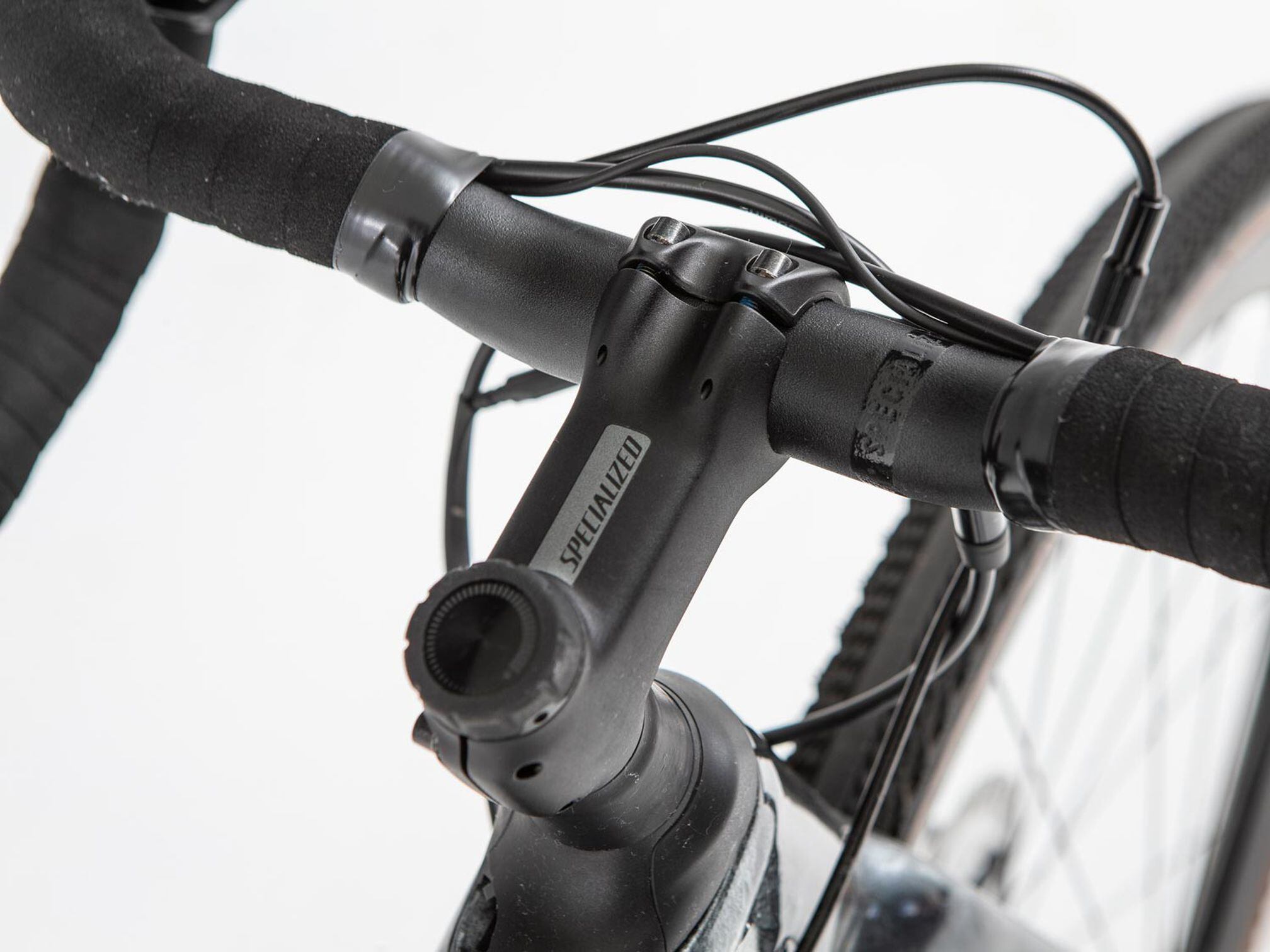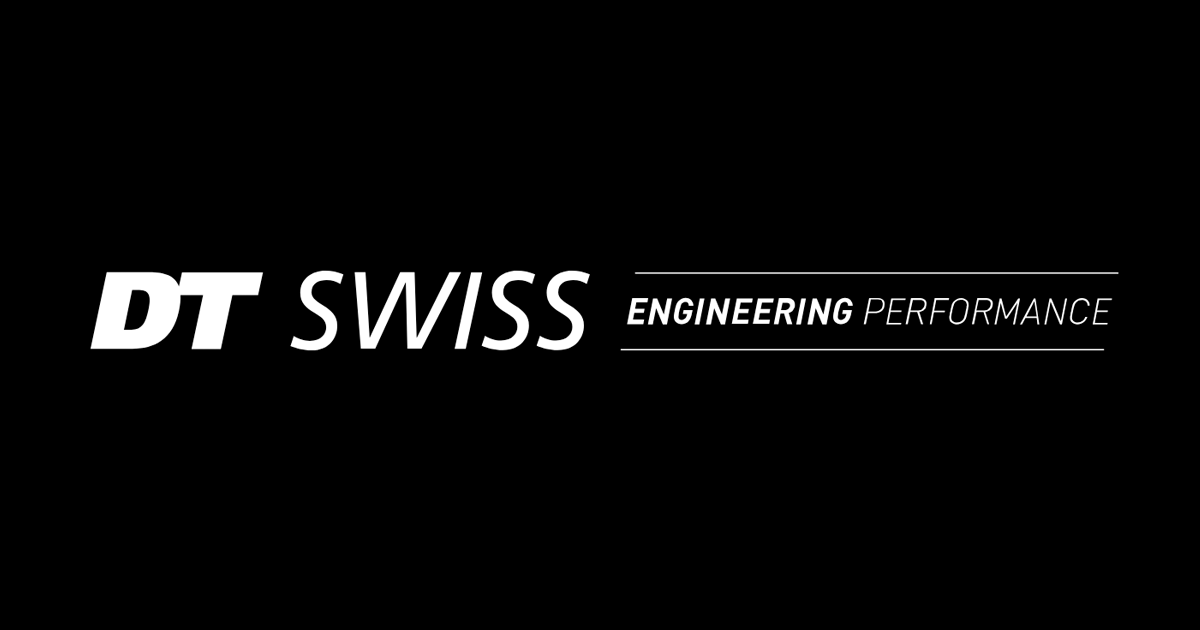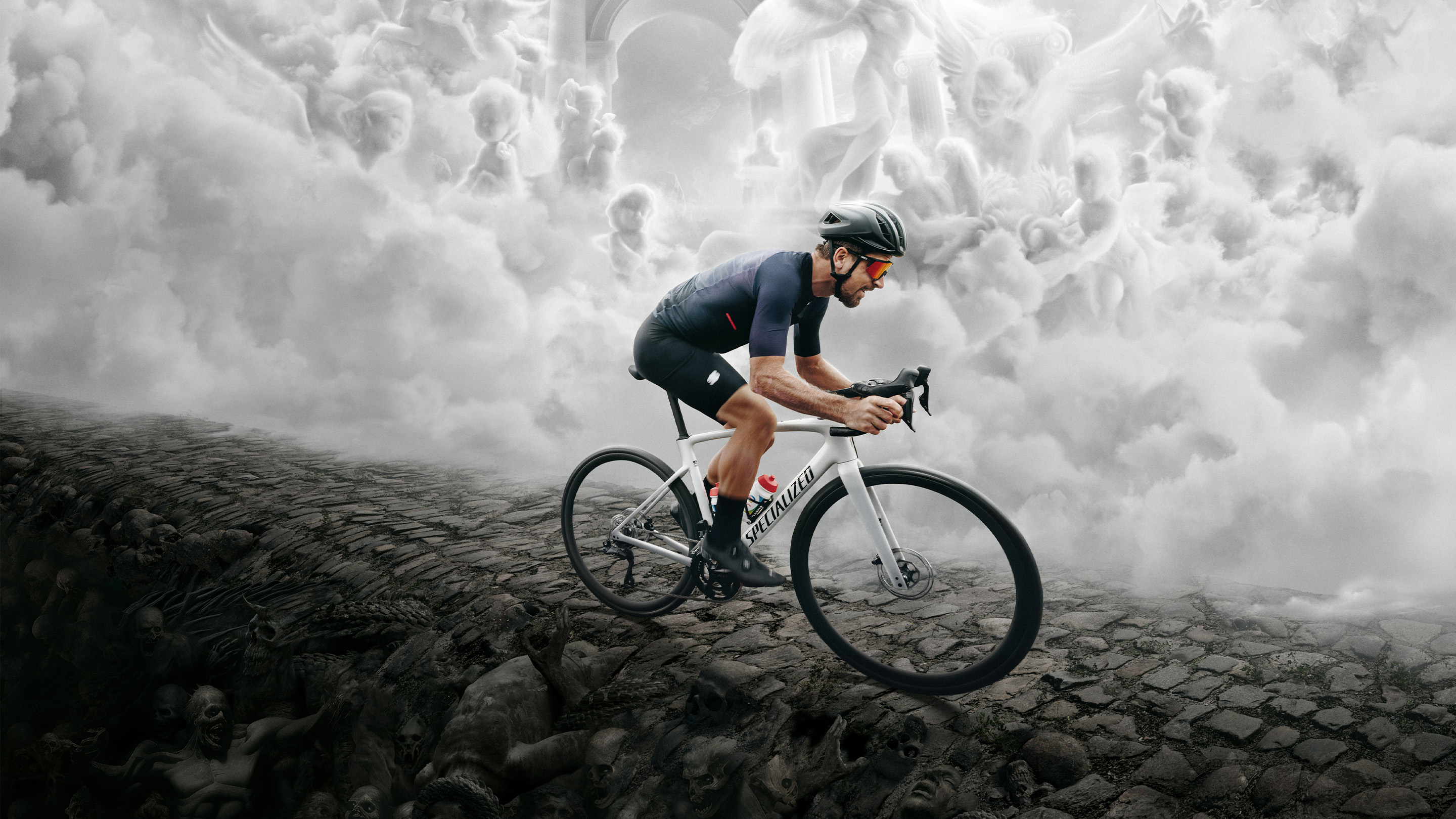Simplification Rule #6: Think in Terms of Ratios
Ratios bring a sense of proportion to vague or ambiguous situations. For example, the 2021 Sienna battery is a mere 1.8Wh. You might recharge three or four times, or a 1:4 ratio. A 1:4 ratio is a high cost to benefit ratio. The RAV4 Prime 18Wh battery is a 1:40 recharge ratio. I generally find 1:50 ratios to be the compelling point for any type of rechargable battery.
I don't think the 2021 Sienna is a high value. I think the "Prime" trim models are high value. Don't let desires interfere with needs. I need a 40:1 recharge ratio to justify buying a hybrid. You can compress all the information about the buying decision down to this one ratio.
Actually, a 6:1 ratio, but not even close to 40:1.
Battery: 320 Wh (160 Wh range extender sold separately)
Motor: Specialized SL 1.1, torque = 35 Nm, nominal watts = 240, peak watts = 240
Charge Time: 2 hrs 20 mins
You can also evaluate from a operation-to-charge ratio. The longer you can ride on a single charge, the more enjoyable and economical.
I find the ratios particularly useful regarding power modes. My goal is a 2:1 human-to-motor-power ratio. The battery range improves. This means setting the power level to very low levels.
Ternary ratios are often more powerful than binary ratios. You might be more interested in a Venn diagram, or ternary ratio, to evaluate more complex situations. A symmetrical ternary ratio is 1:1:1. You are looking at a computer ternary ratio of Red, Green and Blue (RGB) colors.
Grand Teton to Steamboat Springs on Tour Divide Trail Example (430 miles)
The buying decision is simplified by making a ternary decision between three primary factors:
- Livability
- Sienna much higher than RAV4
- Power Supply
- RAV4 ten times higher than Sienna
- Needed for purposes other than eBike battery recharging, e.g., cooking, light, computer, etc....
- RAV4 has plugin recharging, which vastly improves utility. See map below.
- A quick check indicates about 400 miles without car recharge station.
- Cost, Benefit and Value
- Sienna trim and camper popup cost is higher than RAV4 Prime
- Trade RAV4 Prime in for a Sienna Prime, when and if, manufactured, to minimize losses.
The ternary ratios of the RAV4 Prime (with 6.6kW Level 2 charger option) and 2021 Sienna can inform your buying decision. I will elaborate further at a later date. I just wanted to communicate the concept, rather than specific details.
Today, i would probably choose the RAV4 Prime over the 2021 Sienna, because where to sleep is easier for me to accomodate. I could sleep in a tent, for example. Ultimately, i would trade in the RAV4 Prime for a Sienna Prime to minimize financial loss of compromise and maximize long-term benefits.
A Sienna Prime will probably approximate Symmetry, or 1:1:1 ratio. Until a Sienna Prime is manufactured the compromises will be highly unbalanced. The ultimate cost will be high.
Your needs and values probably do and will differ.
Is Wyoming population too sparse, distances too great or winters too cold? Same for Vermont and New Hampshire? The Tour Divide near WY and CO border is a good example of the case for RAV4 Prime, because of the 18Wh capacity.
The Tour Divide intersects I-80 in Rawlins. The distance from Rawlins to Steamboat Springs is 151 miles. Tour Divide Crosses the CO border near Savery on route to Steamboat Springs. Steamboat surprised me with 25 Level 2 stations.
My guess is Grand Teton, 280 miles north of Rawlins, is the next Level 2 station. Probably 430 miles without a Level 2 charger, but I don't have time to check now. Time to jump on my bike.
Rawlins actually has eight Tesla supercharger stations, but no others.
Rawlins Supercharger | Rawlins, WY | EV Station
Looking for an EV charging station? Charge your electric car at Rawlins Supercharger. Get directions on the ChargeHub Map.
Interactive Network Map
The Adventure Cycling Route Network map is for planning purposes only. The Adventure Cycling route overlays are rough; when you zoom into the map, they will not follow the roads exactly.
Laramie, Wyoming EV Charging Stations Info | ChargeHub
Need to find EV charging stations in Laramie? ChargeHub has the latest info on charging stations.
A small university town, like Laramie, WY, on I-80, is interesting. Eight Tesla supercharger stations, but no others. I expected to find a few Level 2 stations, due to UW.

Gov. DeSantis Announces $8.6M For New Florida Electric Vehicle Charging Stations
With automakers introducing more electric and plug-in hybrid vehicles, Gov. Ron DeSantis on Friday announced $8.6 million in funding for EV charging
Last edited:






